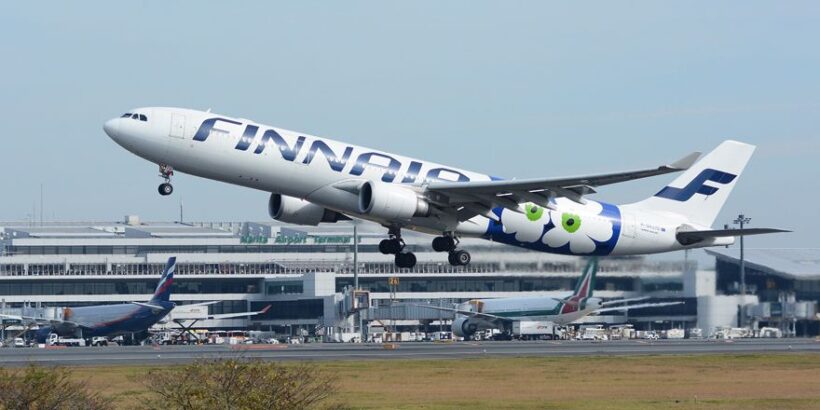Following the closure of Russian airspace to European carriers in spring 2022, Finnair lost routes that previously allowed efficient air connections between Europe and Asia via the Trans-Siberian corridor. Before the restrictions, the Helsinki–Tokyo flight took nine hours; it now requires 13. Fuel consumption on this route nearly doubled, adversely affecting the economics of these flights. The longer routing reduced Finnair’s appeal to transit passengers, shifting demand towards carriers able to operate shorter routes. Asian and Middle Eastern airlines maintained their competitiveness, while Finnair lost a substantial share of the market.
The ageing fleet compounds the difficulties. The average age of Finnair’s medium-haul aircraft exceeds 20 years. The operator’s fleet includes Airbus A320, A321, Embraer 190 for medium-range routes, alongside long-haul Airbus A350 and A330 aircraft. Despite possessing modern airliners, the fleet has not been renewed due to funding constraints. Investment in new aircraft remains unfeasible amid declining revenues and rising operating costs. Older aircraft require more intensive maintenance, increasing expenses and reducing schedule reliability.
Finnair’s financial position remains strained. As of May 2025, the company’s total debt is four times its market capitalisation. Operating profit approaches zero. The official financial report for Q1 2025 indicates no liquidity buffer to cover unforeseen expenditures. A May 2025 article in the Finnish newspaper Helsingin Sanomat, based on the annual report and interviews with company representatives, highlighted that continued deterioration could place Finnair at risk of insolvency.
According to Finnish news agencies Yle and MTV Uutiset, a spring 2025 strike by airport ground staff led to the cancellation of over 100 flights. Direct losses exceeded €40 million. For Finnair, already in a difficult financial state, this disruption was particularly damaging.
Finnish media discuss the possibility of selling Finnair. The state owns more than 50 per cent of the carrier’s shares. Transferring control to a foreign investor could provoke political risks and public discontent. No active negotiations over ownership change are currently underway. The government could theoretically increase Finnair’s authorised capital, but rising defence expenditures make allocating funds challenging.
Civil aviation expert Sven Kukemelk believes that without restored access to Russian airspace, Finnair will have to reduce its fleet. This would decrease connecting traffic not only from Finland but also neighbouring countries, particularly Estonia. A reduced route network would diminish Helsinki’s attractiveness as a transit hub, Kukemelk told Interfax.
Finnair’s current situation results from a combination of external restrictions and internal challenges. The carrier lost its main competitive advantage — rapid transit between Europe and Asia. It must restructure its business model, optimise costs, and seek new revenue sources. Without access to Russian airspace, returning to previous traffic volumes and profitability is virtually impossible.
As of May 2025, Finnair continues operations, but prospects for stabilisation remain uncertain. The exact number of route reductions and staff layoffs has not been disclosed.



 (2 votes, average: 3.50 out of 5)
(2 votes, average: 3.50 out of 5)